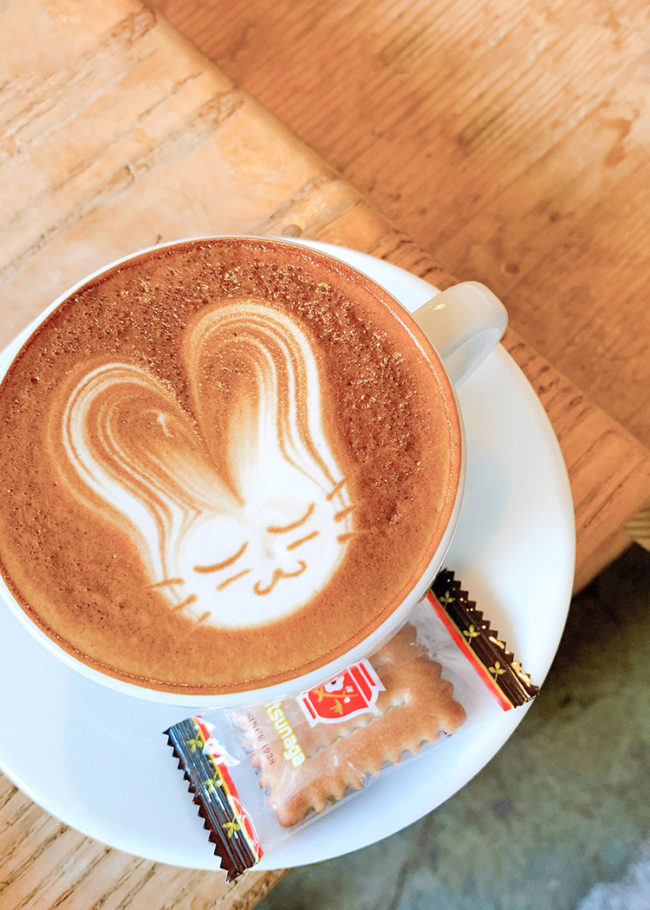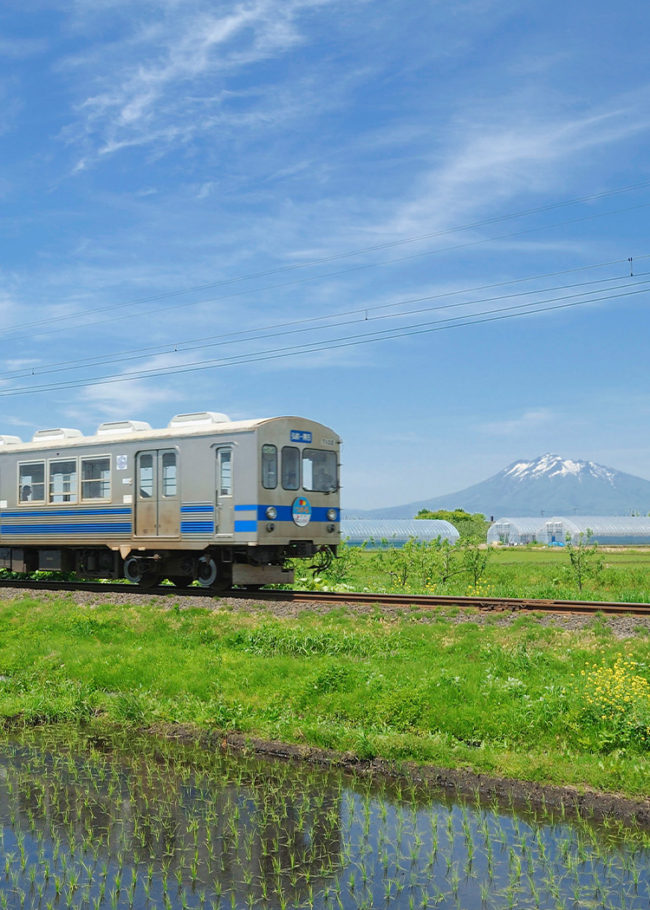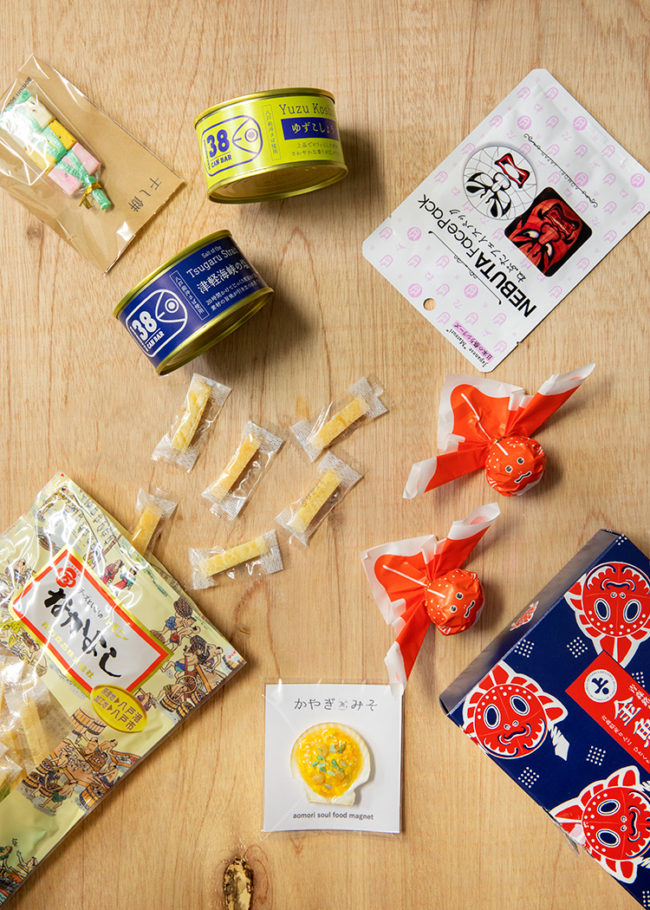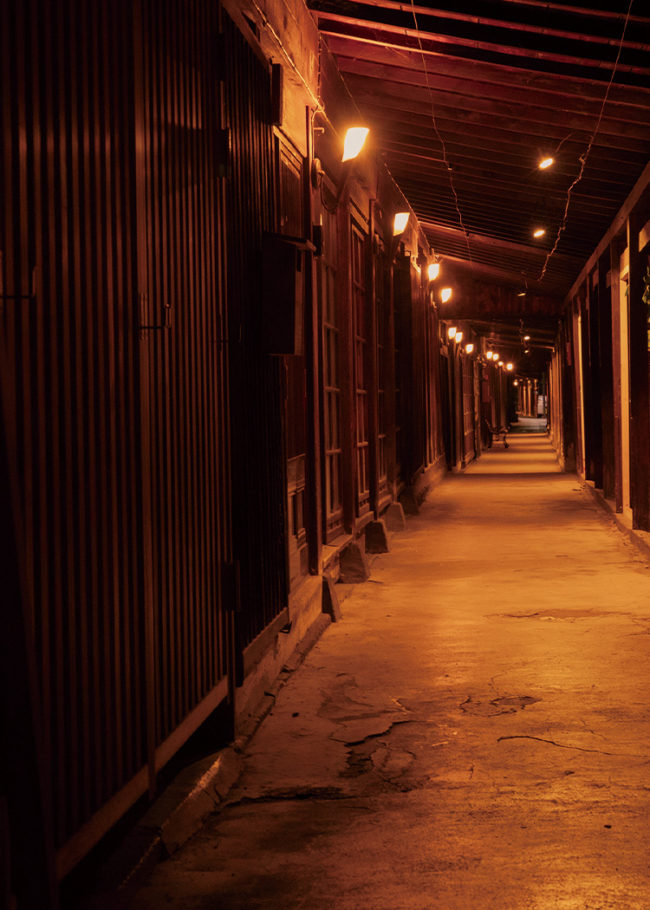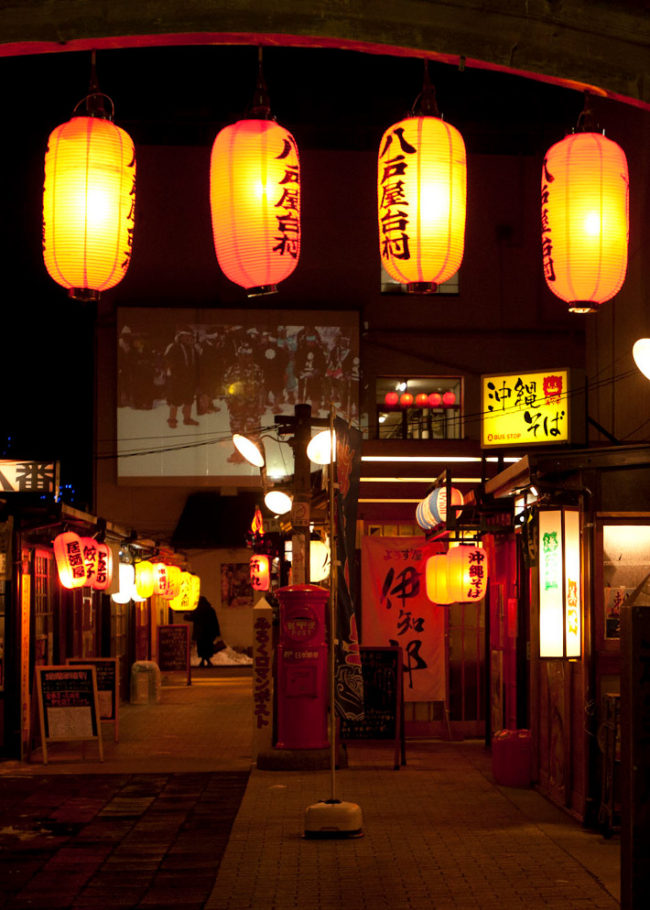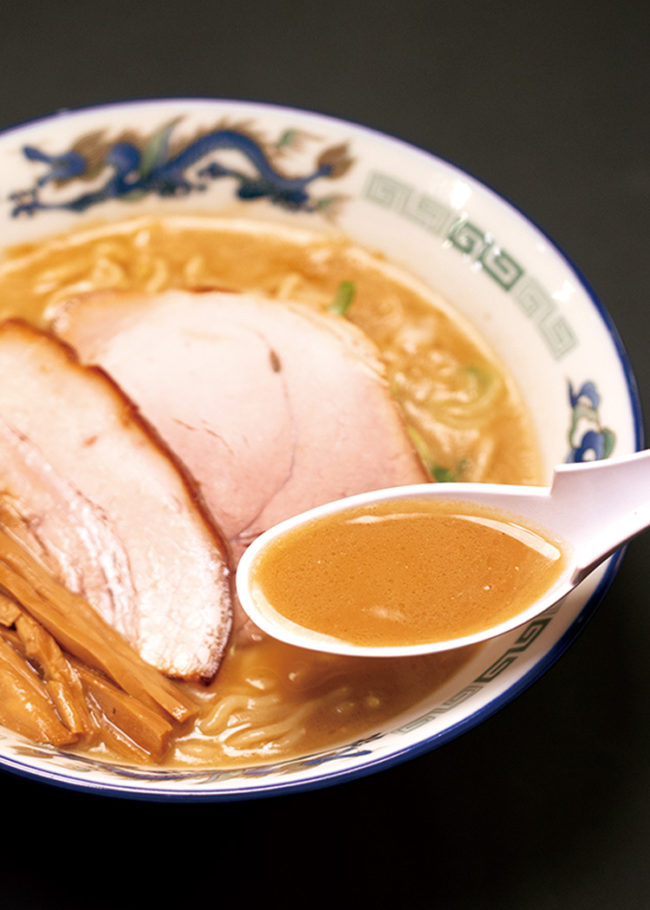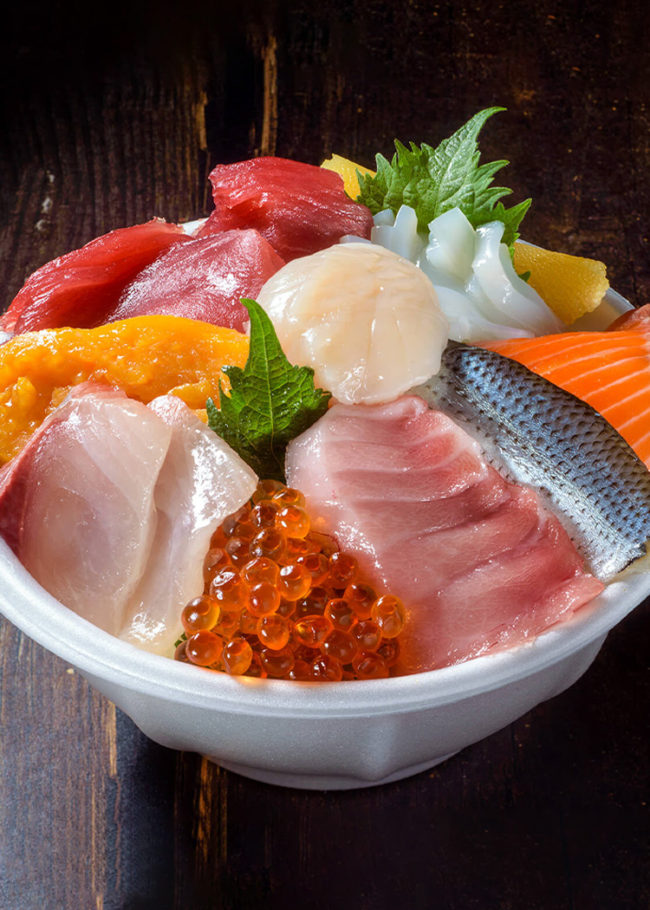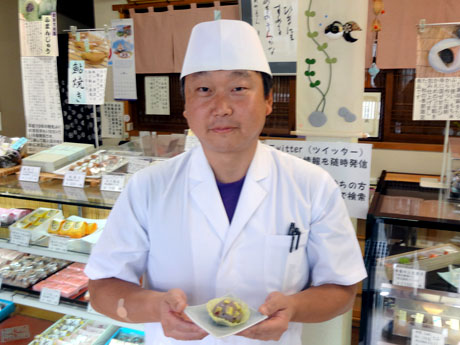
Hirosaki's Japanese confectionery store "Kaigendo Kawashima" was developed based on the autumn-limited sweets traditional cuisine
Hirosaki's Japanese sweets shop "Omashiji Kaigendo Kawashima" (Shinagawa-machi, Hirosaki City) started selling autumn limited products "Sesame Doraku" and "Imochi Mochi" on September 7.
Sesame Doraku is made by wrapping grain soup in rice with black sesame kneaded, inspired by Tsugaru's traditional local food "sesame manma". Oniimochi is a steamed mixture of sweet potato and koshi-an based on Tsugaru's traditional sweets, "Kujira mochi." Both have been sold for about 15 years.
The store was founded in 1925 (Taisho 14). Masaaki Kawashima, the 3rd generation owner, graduated from a high school in the city, went to a confectionery school in Tokyo, and gained experience at a Japanese confectionery store in Chiba Prefecture. After returning to Hirosaki in 1995 and continuing his family business, Mr. Kawashima began to work hard on the development of new products, and in 2002 developed the first original product, "Kurino Hide and Seek". It was a collaboration product with a solo exhibition by Yoshitomo Nara, a painter from Hirosaki, held in August of the same year, and it was branded by Nara.
Since then, he has continued to develop new products, and now he is making about 50 kinds of Japanese sweets by season, and more than 200 kinds of Japanese sweets by hand. Once a month, she also teaches making Japanese sweets at a culture class held at the Ito-Yoka-Hirosaki store (in front of the station) in the city. At the beginning, the main facilities were limited to facilities, so the main ingredient was confectionery that was relatively easy to make, but recently, in response to the requests of the students, we have also started to teach seasonal Japanese sweets such as Sakura Mochi and Uguisu Mochi. .. It is said that Mr. Kawashima prepared the kitchen equipment for that purpose.
“In both new product development and Japanese sweets classrooms, we listen closely to the voices of customers and incorporate their requests. We try to serve customers as much as possible and explain the products,” says Kawashima. With a Twitter account, information about stores and products is sent out every day, and when followers in Akita and Iwate prefectures come for sightseeing, they come to buy souvenirs.
Sesame doraku (141 yen) is available until the beginning of December. Oniimochi (141 yen) will be sold until the end of the year.










